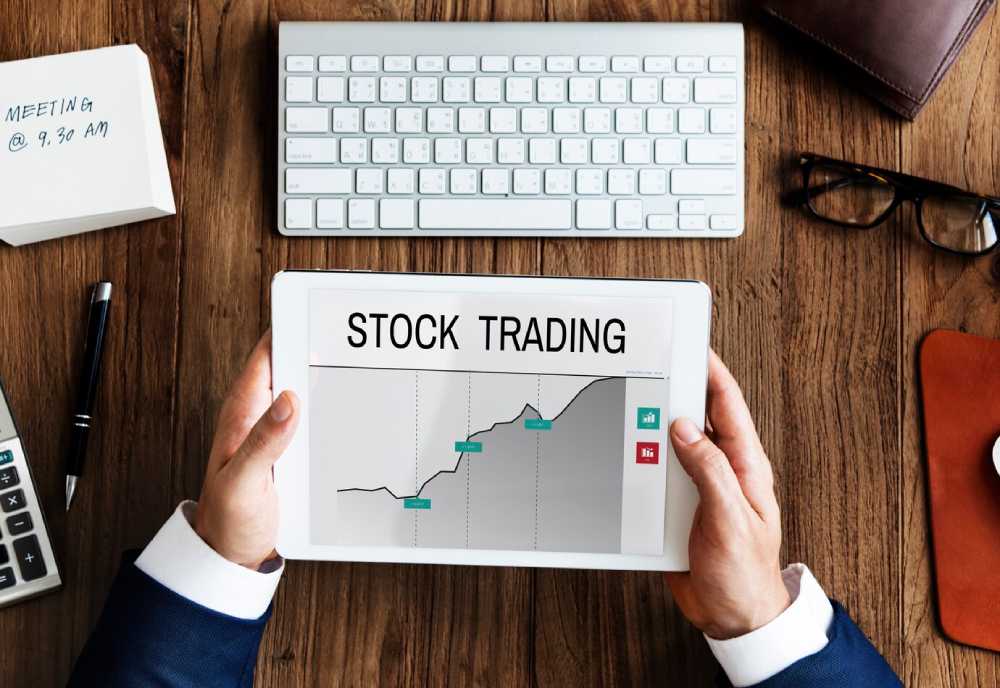
The Role of Commodities During Market Volatility
In times of uncertainty, investors often turn to tangible assets that promise protection, preservation, and peace of mind. Commodities—raw materials like gold, silver, oil, and agricultural products—have long played a critical role in safe haven investing, especially when traditional markets wobble.
But how do commodities really perform during volatile periods? And how can individual investors use them strategically for commodity hedging and portfolio stability?
In this article, we’ll explore the different types of commodities, their historical behaviour during market stress, and practical ways to incorporate gold and silver investing into a well-diversified portfolio.
Understanding Commodities as an Asset Class
Commodities are basic physical goods used in commerce and are often grouped into four main categories:
- Precious metals: gold, silver, platinum, palladium
- Energy: crude oil, natural gas, coal
- Agriculture: corn, wheat, soybeans, coffee
- Industrial metals: copper, aluminium, zinc
Commodities are considered real assets—tangible items with intrinsic value. Prices mainly depend on supply and demand, geopolitical events, weather, and economic cycles.
This makes them distinct from traditional paper assets like stocks and bonds—and potentially powerful tools during market swings.
Why Commodities Shine in Volatile Markets
Commodities act differently from stocks and bonds during inflation, recession, or geopolitical turmoil. That’s why they’re frequently used for commodity hedging and portfolio protection. Here’s how they help:
1. Inflation Protection
As prices for goods and services rise, so do the prices of raw materials. Commodities often outperform when inflation erodes purchasing power, helping preserve real returns.
2. Diversification Benefits
Commodities typically have a low or negative correlation with stocks and bonds. This means they may rise when other assets fall, smoothing overall portfolio volatility.
3. Store of Value
Certain commodities—particularly precious metals—retain value across centuries. Gold and silver are popular choices for safe haven investing during market chaos.
Gold and Silver: The Classic Safe Havens
Gold and silver investing stands out in how investors think. These metals act as both currency and commodity. They are known for preserving wealth during market shocks.
Why gold matters:
- It’s universally accepted and recognised
- It’s durable and portable
- Central banks hold it as a reserve asset
- It historically rises during financial crises
Silver’s role:
- Offers similar benefits as gold but with greater volatility
- Has industrial applications, tying it to both economic cycles and safe-haven demand
- Often more accessible for smaller investors
Historical examples:
- Gold surged during the 2008 financial crisis, rising as equities collapsed
- In 2020, during COVID-19 uncertainty, gold reached an all-time high above $2,000/oz
When people lose confidence in currencies or markets, gold and silver investing often increases.
Energy and Industrial Commodities: Risk and Reward
Not all commodities behave the same during market stress. Metals are often safe havens. However, energy and industrial commodities have different risks.
Crude Oil:
Highly sensitive to geopolitical risk, supply shocks, and economic slowdown. While oil can spike in crises, it also crashes when demand falls—making it a high-risk hedge.
Industrial Metals (e.g. Copper):

More closely linked to economic activity. These can be early indicators of recovery but are less protective during downturns.
Agricultural Commodities:
Subject to weather events, trade policies, and seasonal cycles. They aren’t typical hedges, but they can help diversify if supply chains get disrupted.
How to Invest in Commodities
You can easily add commodities to your portfolio in various ways. Each method has its own benefits and drawbacks.
1. Physical Assets

Buying gold bars, silver coins, or other tangible goods means you own them directly. There’s no counterparty risk involved.
Pros:
- No reliance on intermediaries
- Privacy and control
- Appeals to long-term holders
Cons:
- Storage and insurance costs
- Limited liquidity
- No income generation
Best for investors seeking security over convenience.
2. Exchange-traded funds (ETFs)
ETFs track commodity prices without requiring physical ownership. Examples include:
- GLD (Gold ETF)
- SLV (Silver ETF)
- DBC (Diversified Commodities)
Pros:
- Easy to trade
- Low expense ratios
- No physical handling required
Cons:
- Management fees
- Possible tracking error
- Less emotional reassurance than owning the real asset
Great for investors looking for liquid, low-maintenance exposure.
3. Commodity Stocks and Funds

Mining companies, oil producers, and agribusiness stocks offer indirect exposure to commodities.
Pros:
- Potential for dividends and capital gains
- Some tax advantages
- Leveraged exposure (can outperform underlying commodities)
Cons:
- Higher volatility
- Subject to broader stock market movements
- Management risks
Useful for combining commodity exposure with growth potential.
4. Futures Contracts
These are agreements to buy or sell a commodity at a future date. Typically used by professional or institutional investors.
Pros:
- Direct exposure
- Highly liquid
- Suitable for active traders
Cons:
- Complex and risky
- Requires margin and deep understanding
- Not ideal for passive investors
It’s not recommended for beginners, but powerful in the right hands.
Asset Allocation Tips: Using Commodities Wisely
Commodities can strengthen your portfolio—but only when integrated strategically.
Best practices for using commodities:
- Limit exposure to 5–15% of the total portfolio unless you have specialised knowledge
- Use them as a hedge, not a core holding
- Diversify within commodities (e.g. mix precious metals with energy or agriculture)
- Rebalance annually, especially after big price swings
- Use ETFs or diversified commodity funds for simple, effective allocation
Commodities are volatile. A measured approach ensures they enhance your portfolio rather than overexpose it.
Key Risks to Consider
While commodities offer protection, they come with unique challenges.
- Price volatility: Commodity prices can fluctuate sharply
- No yield: Unlike stocks or bonds, most commodities offer no dividends or interest
- Global influences: Geopolitical tensions, climate change, and regulation can all affect returns
- Tax complexity: Physical and ETF-based commodities may be taxed differently from traditional assets
Be sure to consult with a financial adviser or tax professional before adding them to your investment plan.
Final Thoughts: Commodities as a Buffer, Not a Bet
In uncertain times, investors seek reliability. Commodities provide this in a clear, tangible way. Gold and silver are essential assets. They help hedge against inflation, manage risk, and provide safe haven investing.
That said, commodities aren’t magic bullets. They work best as complementary tools within a diversified, thoughtfully structured portfolio. Commodities can help you survive market storms if you find the right balance. This can make you stronger when the storm passes.